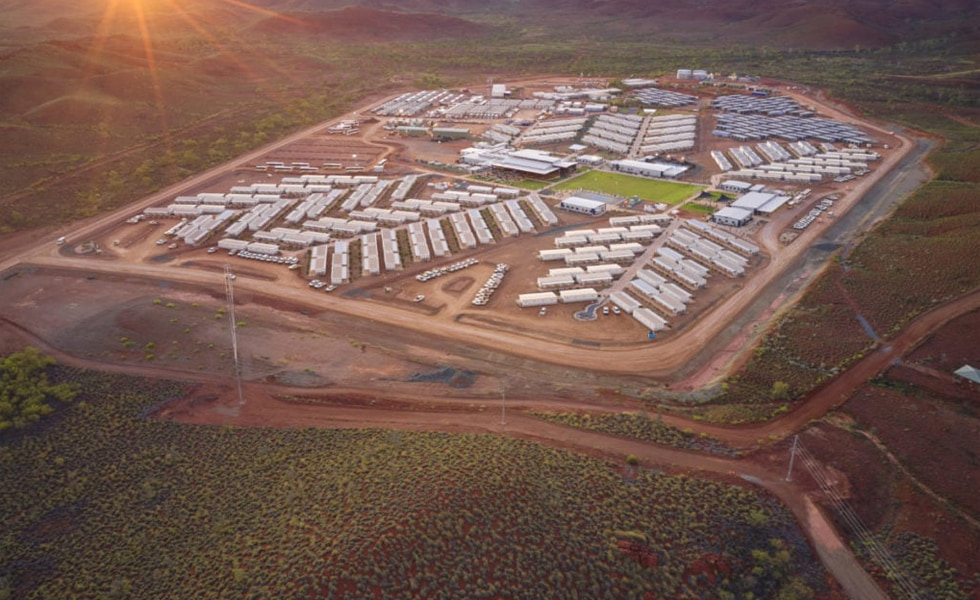
Today (13 September), the Australian government released an updated 2024 version of its National Hydrogen Strategy, focusing on accelerating clean hydrogen industry growth, with solar PV and wind generation set to provide the foundation for a booming industry.
Australia’s new strategy aims to position the country as a global hydrogen leader. It will harness Australia’s abundance in renewable energy generation to capitalise on a growing and potentially lucrative export market for the clean energy carrier. Indeed, the strategy states that the global hydrogen market is forecast to reach US$1.4 trillion in 2050 and that Australia is well-placed for export and manufacturing opportunities.
Solar PV and wind generation will be at the heart of Australia’s green hydrogen production goals, with these two technologies being the cheapest forms of renewable energy generation.
Although Australia’s wind sector has started to pick up pace, solar PV continues to be the dominant clean energy technology, with it being added at an increasingly rapid pace. Indeed, 1.2GW of large-scale solar PV was added to the National Electricity Market (NEM) in the past 12 months, compared to wind’s 0.2GW.
As seen in the image above, Australia has ample regions to develop green hydrogen projects via hybrid solar PV and wind projects. The majority are centred around the coastal regions of Western Australia, South Australia, New South Wales, Victoria, and Queensland, which grant acres of land to create large-scale projects.
It should also be noted that there are various opportunities to create underground salt cavern storage projects, primarily in the Mallowa Salt and the Chandler Formation. This is one of the cheapest and safest ways to store hydrogen, with the gas needing to be purified and compressed before it can be injected into the cavern.
At this current stage, the cost of renewable hydrogen production is high. The strategy details that the industry is nascent, and public investment in early movers will generate lessons that will reduce production costs over time.
It should also be noted that creating ultra-low-cost solar could grant opportunities in this field. Readers of PV Tech will be aware that the Australian Renewable Energy Agency (ARENA) is working towards its vision for ultra-low-cost solar, arguing that a ‘30-30-30’ approach to solar—representing 30% solar module efficiency and an installed cost of 30 cents per watt by 2030—could help Australia become a renewable energy superpower.
This would mean achieving a levelised cost of electricity below A$20 per megawatt hour by 2030 and could aid cost-competitive green hydrogen production.
With the rapid rollout of solar PV, the price of the electricity generated will ultimately come down, allowing green hydrogen to be produced at lower rates, something that has plagued the industry in recent years.
